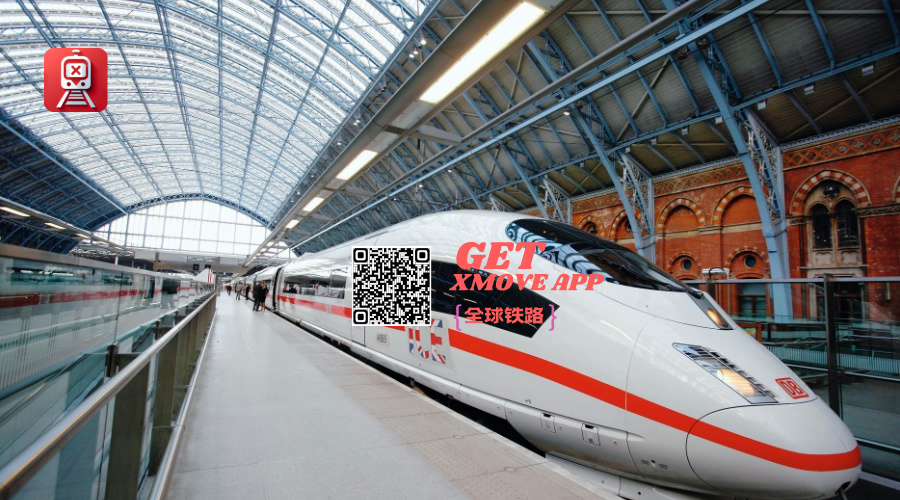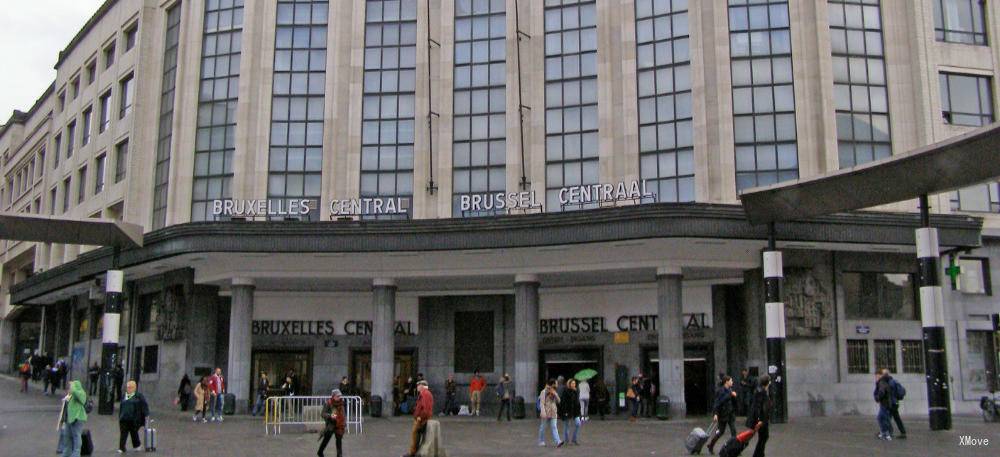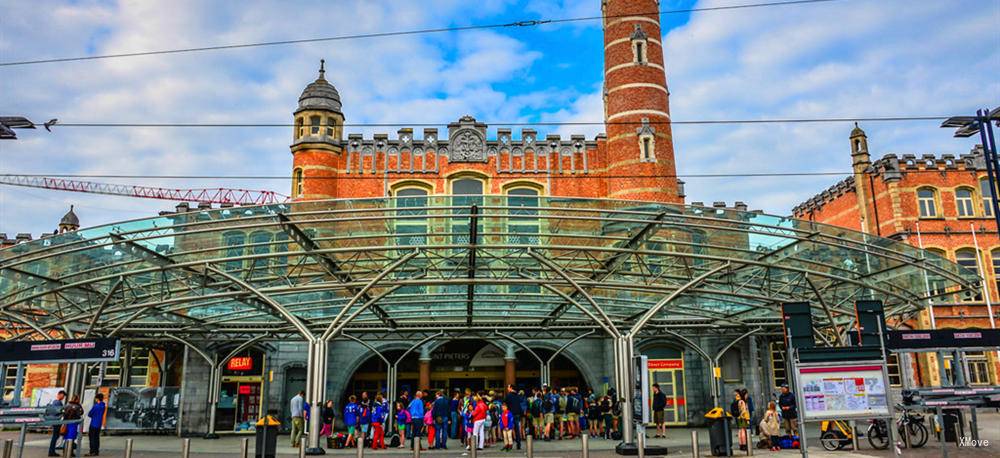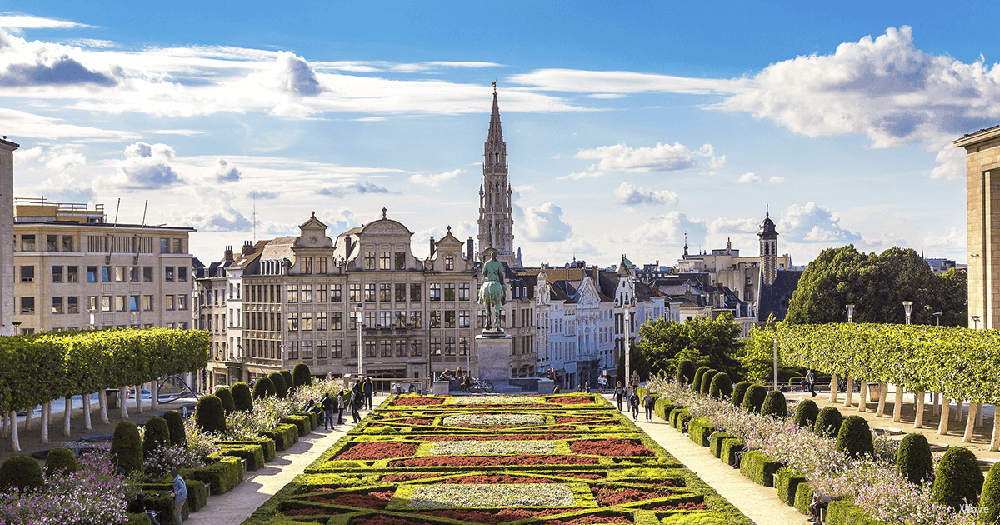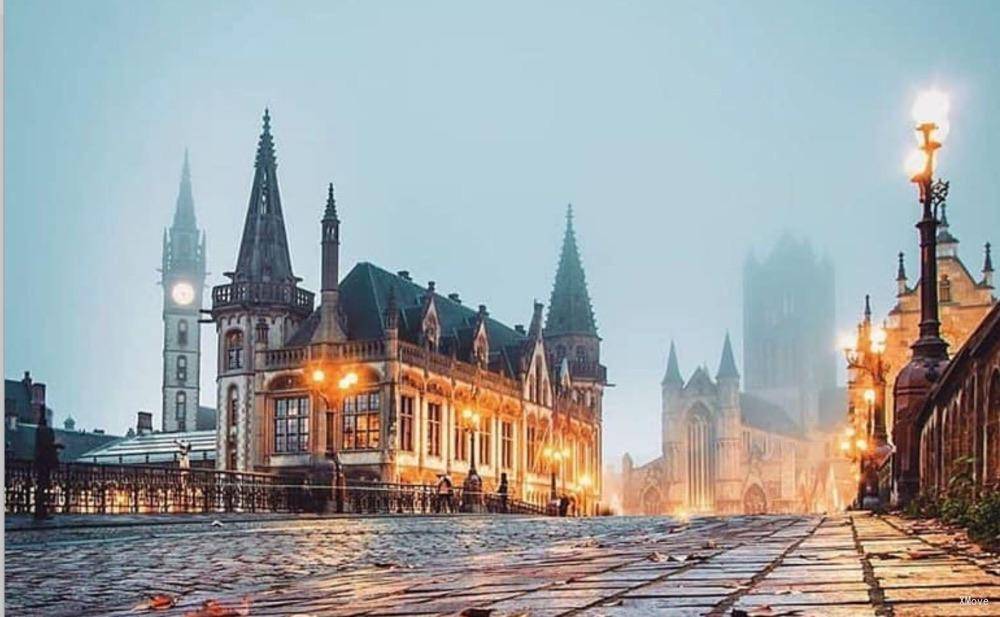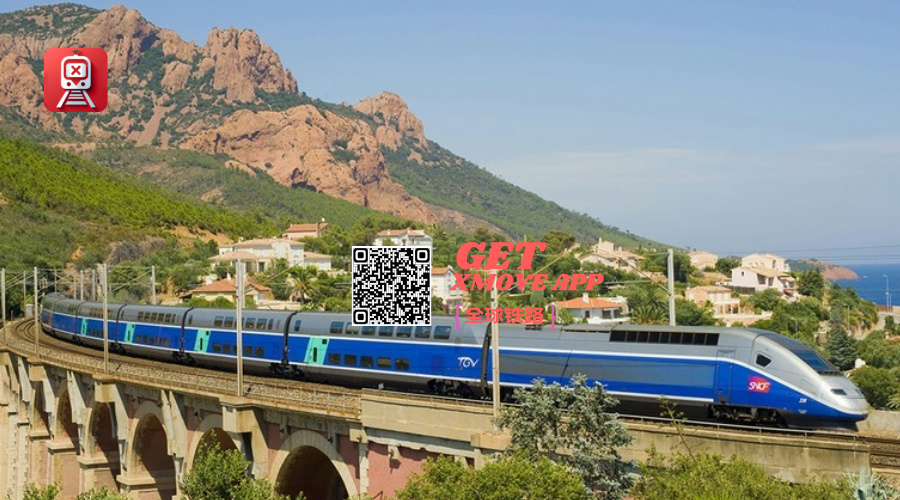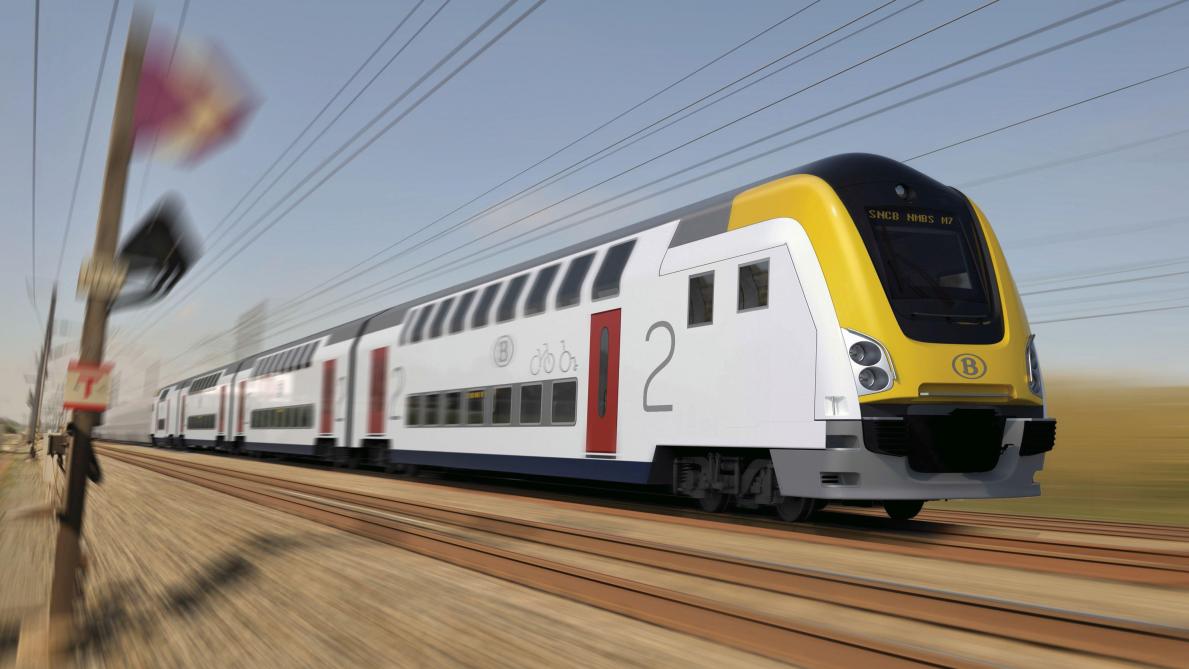Bruxelles Central
Introduction
Brussels Central Station, located in Brussels, Belgium, is the busiest railway station in Belgium and one of the three main railway stations in Brussels. The station is mainly based on domestic passenger flow. The Brussels Central Station was built in 1952. Brussels Central Station has 6 stocks and 3 island platforms.
Brussels Central Station is named for its proximity to the city centre, just a 10-minute walk from the Grand Place. Despite its strategic location, Brussels Central Station is similar to the commuter station, not the main railway terminal. Its facilities are less than the city's main station, Bruxelles-Midi, while the ICEs and Thalys trains to and from the Belgian capital do not stop at Bruxelles-Central.
Platform
It is the only station in the city that has been passing by. So if you travel by train in the heart of Brussels and Amsterdam, between The Hague or Rotterdam, it is better to take the Intercity train on Brussels than to ride Salisbury. In particular, the Brussels International Intercity train is now directly connected to the Amsterdam Intercity direct train in Rotterdam.
At Brussels Central Station, the platform and passenger access are located in the tunnel (similar to the subway station), but they have been widely used as part of the recently completed in-site update.
However, frequent trains start quickly and continuously from each platform, so be careful to ensure that you are on the right train. Make sure that the electronic train departure indicator is visible where you are waiting on the platform.
As with most other Belgian stations, the platform/ticket station is not partitioned, in part because no trains (including InterCity trains) in the centre of Brussels can be booked. People tend to gather in the middle of the platform, close to the exit of the escalator on the platform.
Therefore, if you are away from the crowd, it will be easier to board the train, which will increase your chances of finding a seat. However, the best option is to board the train from the nearest door on arrival and then find the seat faster on the train.
When arriving by train, if you have luggage, it is worth looking for an escalator on each platform, so you don't have to take the stairs.
Please check the sign carefully because there is a group of escalators that can only enter other stations and cannot enter the exit. When you come up from the escalator, you will be in the lower lobby. A small staircase will cause the escalator to go straight to the street, but the escalator will not go directly to the main entrance. When you leave from this exit, the main entrance will be on the left.
Bruxelles Central - Station Guide | Departures and Arrivals | Popular Routes
